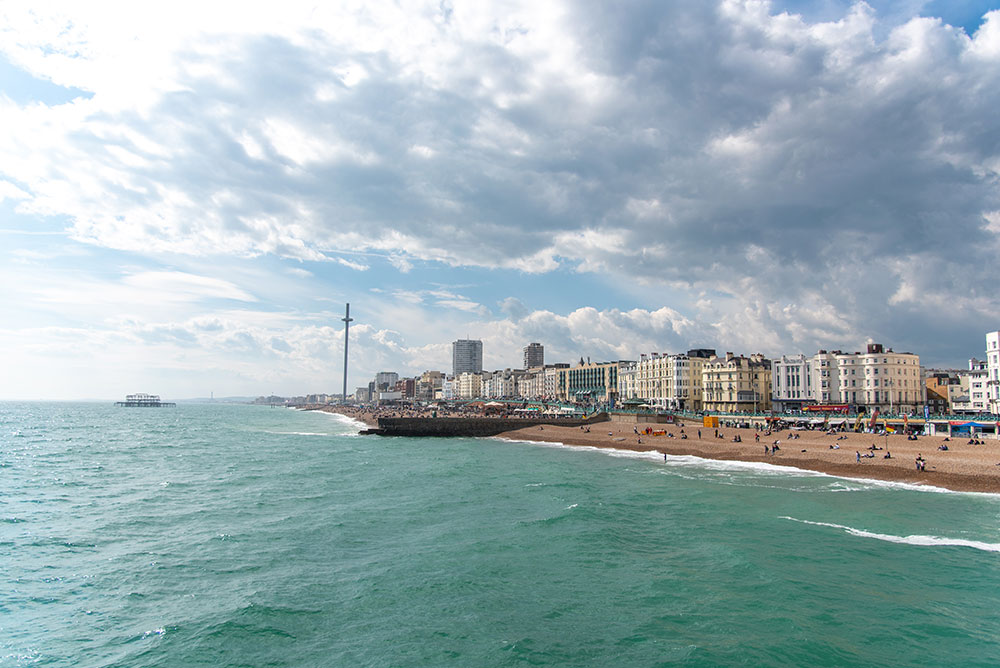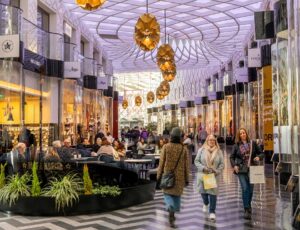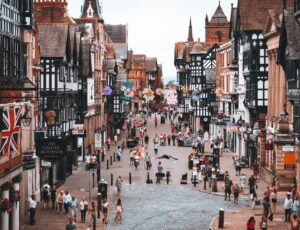
In August, UK retail footfall continued to strengthen for the third consecutive month with a drop of -30.8% from last year as the government’s ‘Eat Out to Help Out’ scheme enticed visitors back to UK retail destinations.
All three destination types benefited. However, retail parks remain a clear winner in the competition for shoppers, with footfall in July just 11.1% lower than in 2019.
Despite the growth, the rate of improvement was only around half that in June and July 2020 when non-essential retail stores and hospitality reopened following the lockdown. This suggests the climb back to pre-Covid footfall levels is going to be a steep one.
It is clear footfall has only been marginally boosted by government support initiatives. The ONS has reported that non-food spending remains lower than in February 2020. With the news of the UK officially going into recession and the impending end to the furlough scheme in two months – which is likely to see unemployment levels rise – it appears the retail sector is standing at the edge of a trading precipice.
However, as many continue to work from home and shop locally, smaller high streets continue to benefit.
Footfall in market towns was down by -26.6% on last year in August versus -38.3% across all UK high streets. Coastal towns have also performed strongly; footfall was down -24.4% from August 2019, with the shifting quarantine regulations resulting in a summer of staycations.
Nevertheless, the reality of the new normal has already started to bite, with Springboard’s latest vacancy rate data reflecting the widespread store closures announced by large retail and hospitality operators.
Representing those stores and outlets that are no longer trading – rather than not having yet reopened – the UK vacancy rate rose in July 2020 to 10.8% from 9.8% in January 2020. This means it is now at the highest level since January 2014.
Vacancies rose in six out of ten geographies across the UK. However, by far the greatest increase occurred in Greater London, where the vacancy rate rose by nearly two-thirds.
With Central London dominating Greater London in terms of footfall volume, this result brings into sharp focus the difficulties faced by large cities in attracting customers back and the impact of this on the bricks and mortar retail landscape.
The importance of large cities in the ongoing evolution of bricks and mortar retailing is paramount.
In 2019, regional cities across the UK attracted three times the volume of footfall compared to UK high streets. These greater volumes of footfall are necessary to support new store formats and environments now demanded by shoppers.
However, with footfall in regional cities still 50.3% lower than in 2019 versus an annual decline of just -11.1% in retail parks, it suggests that out of town locations may become even more attractive to retailers.












